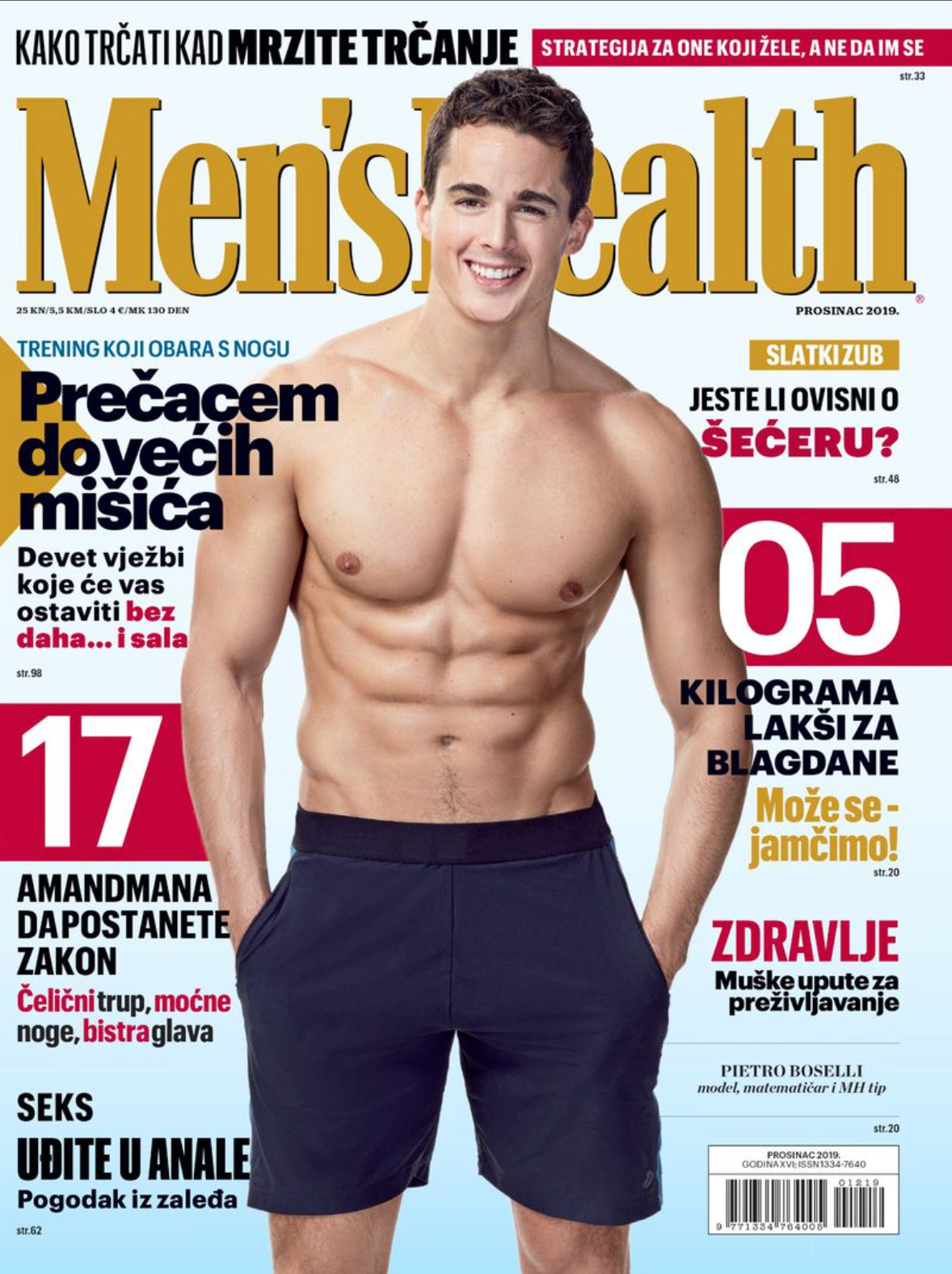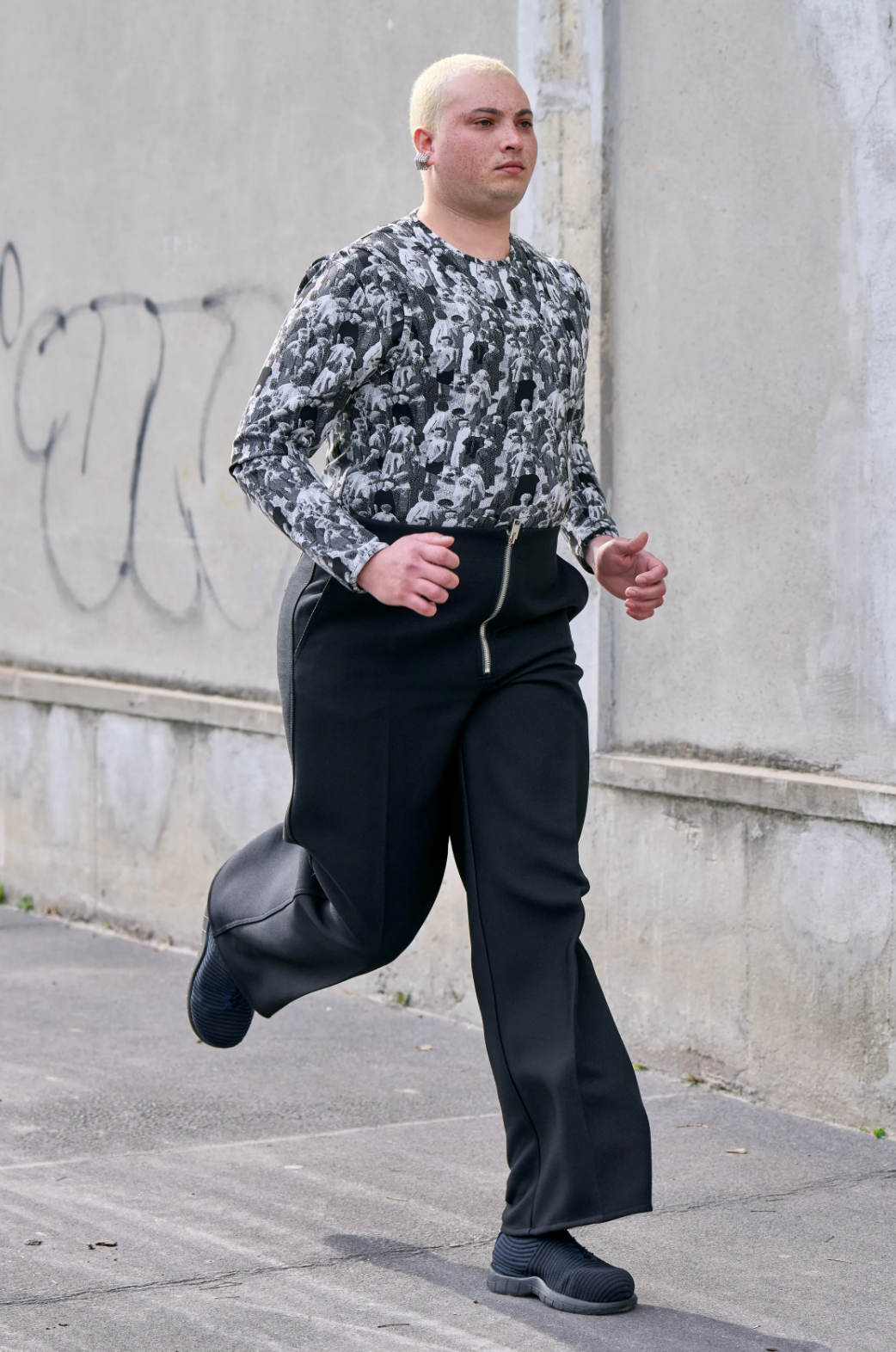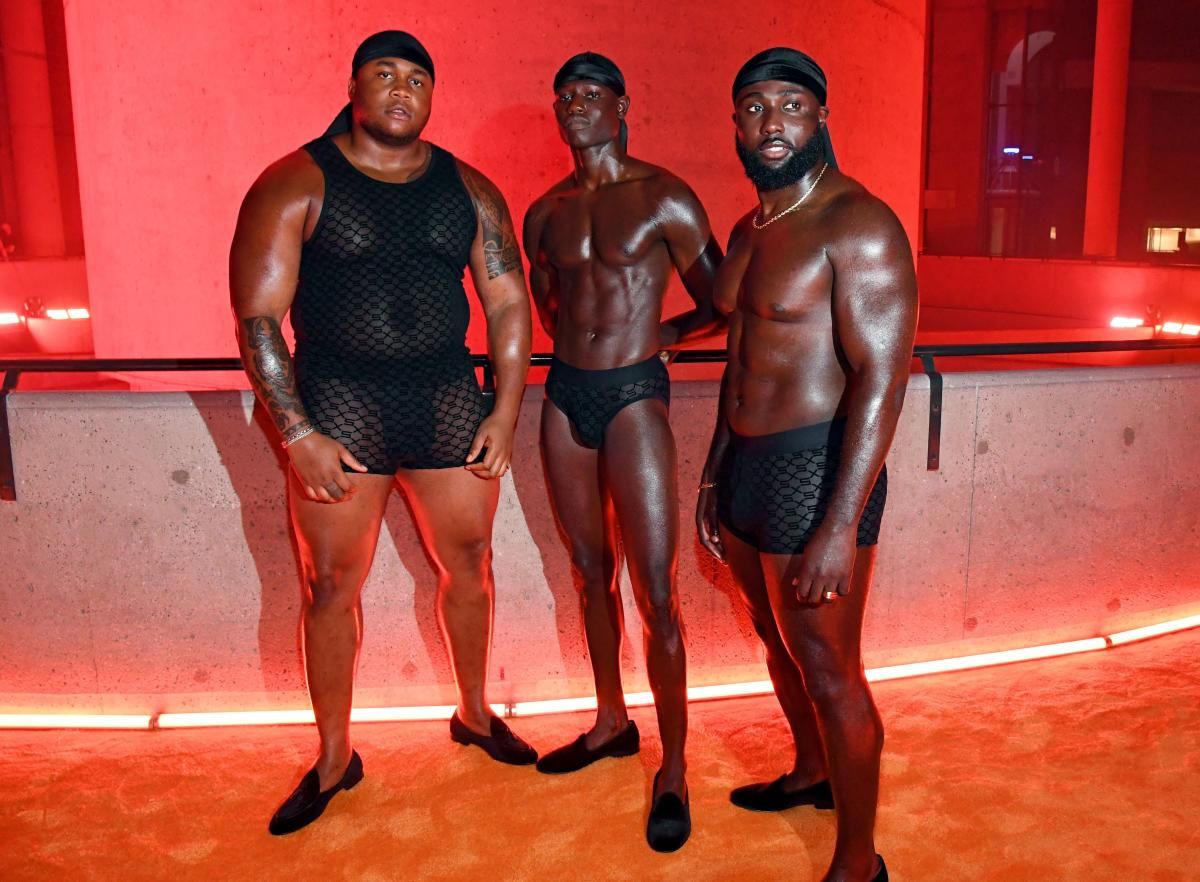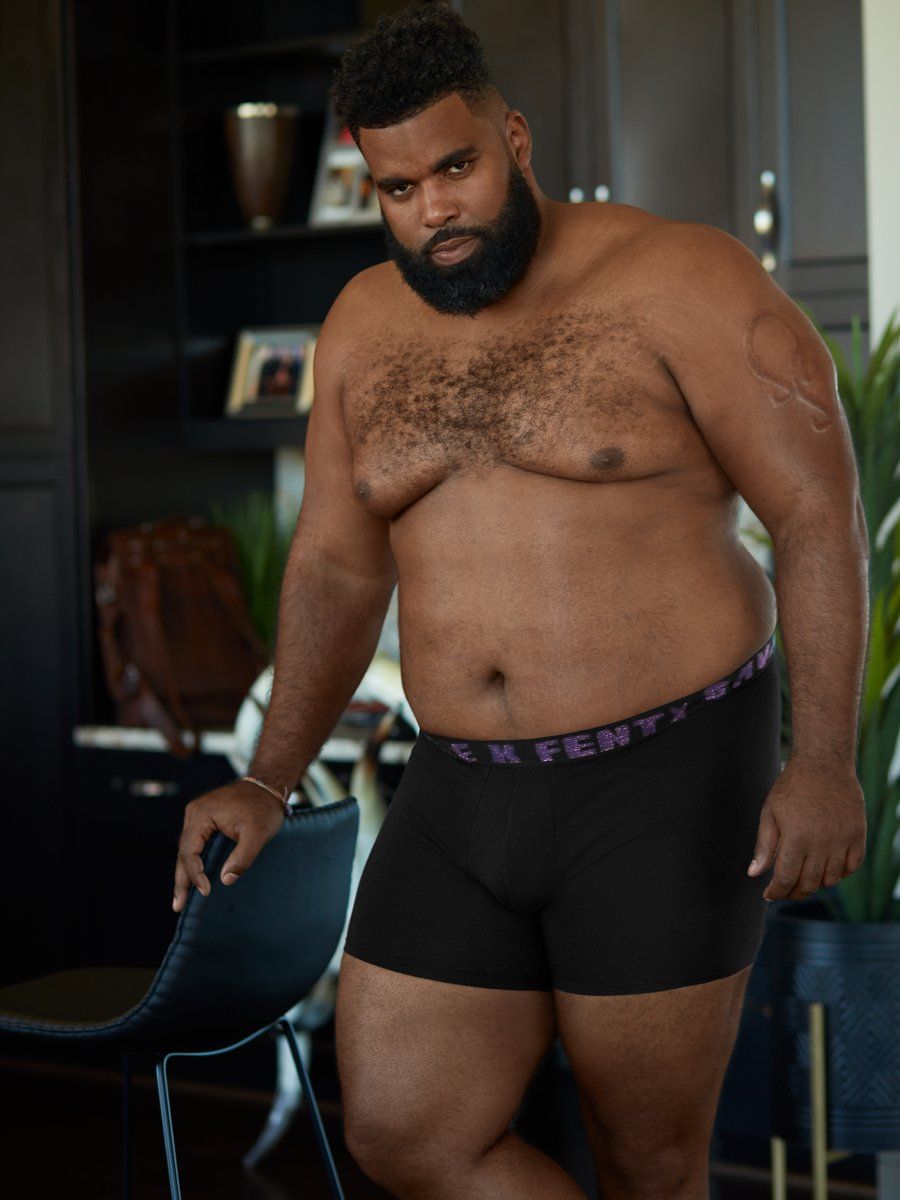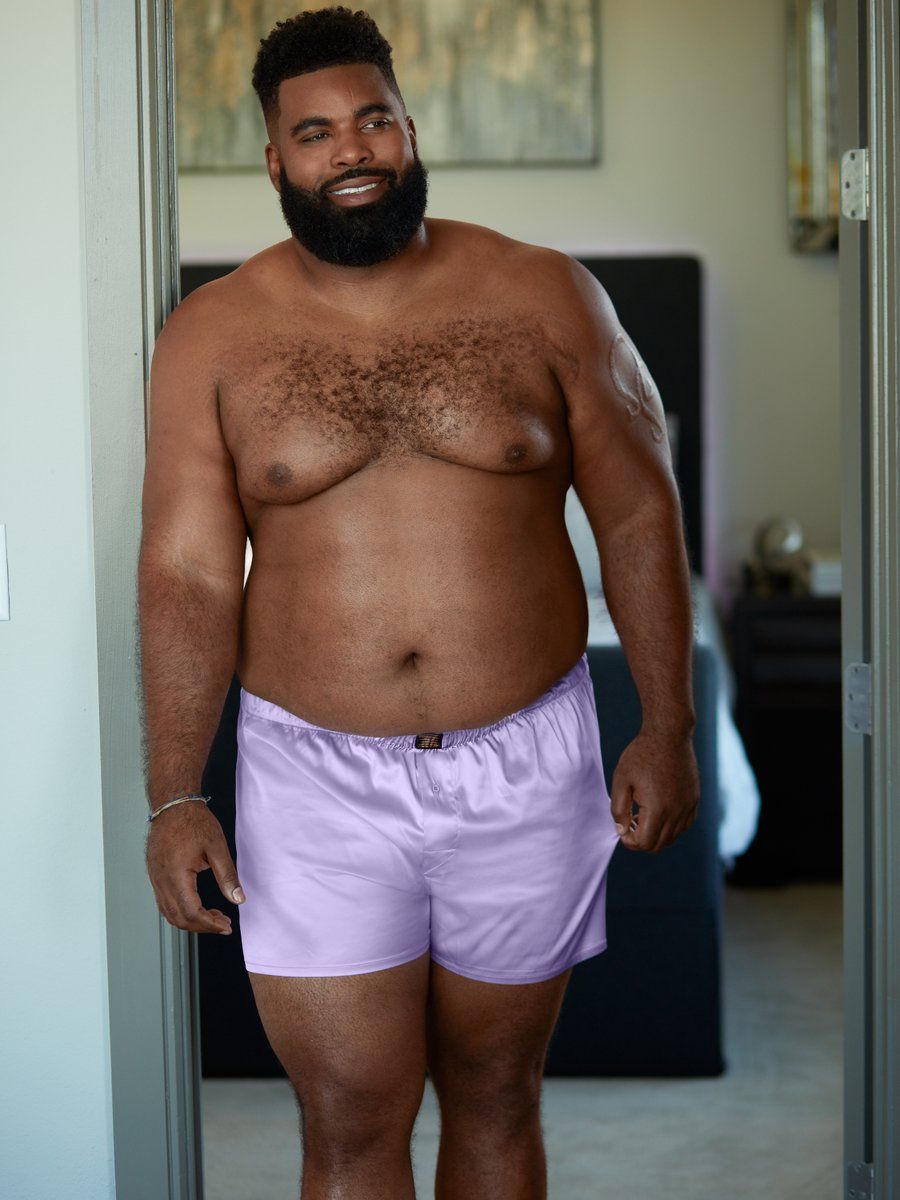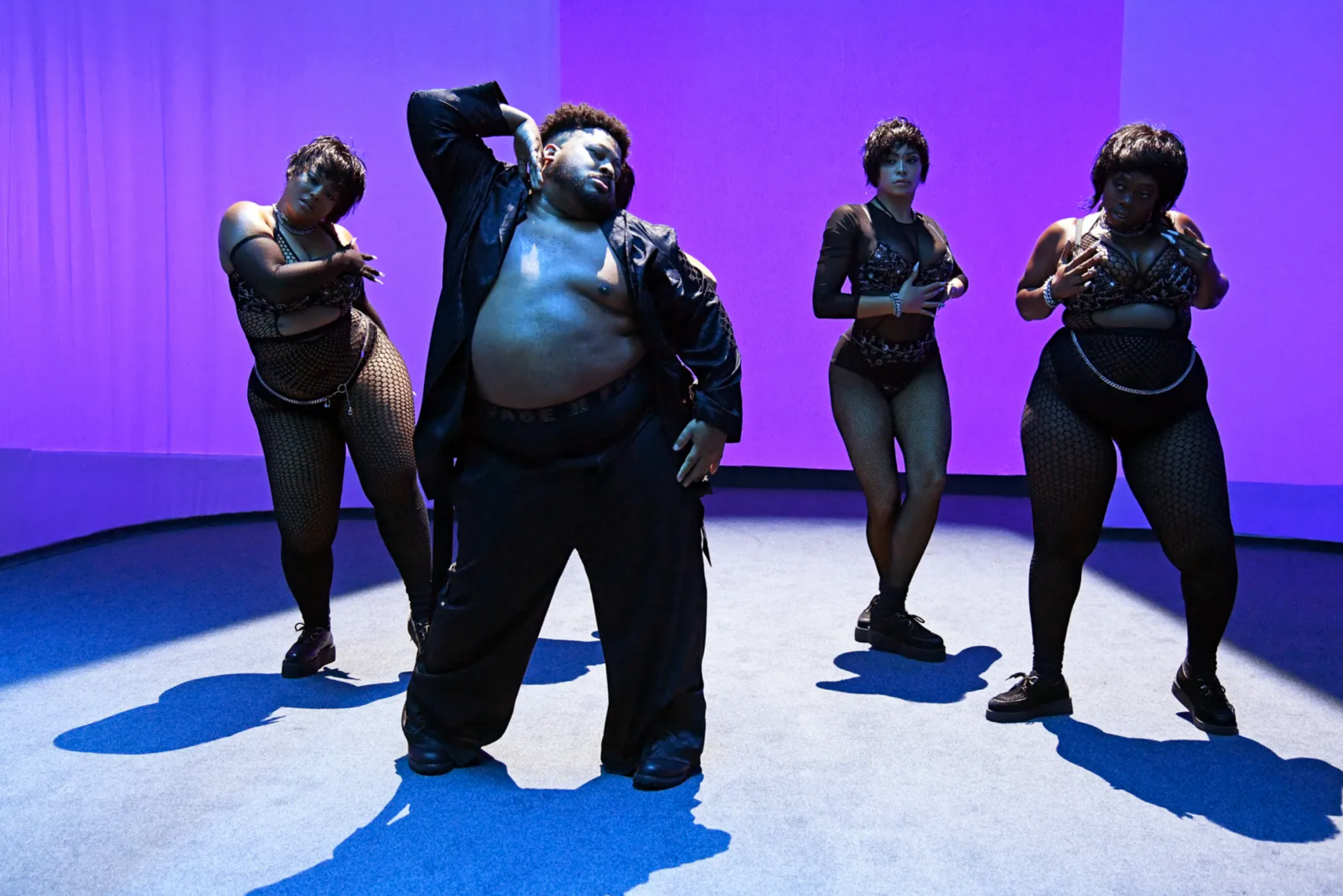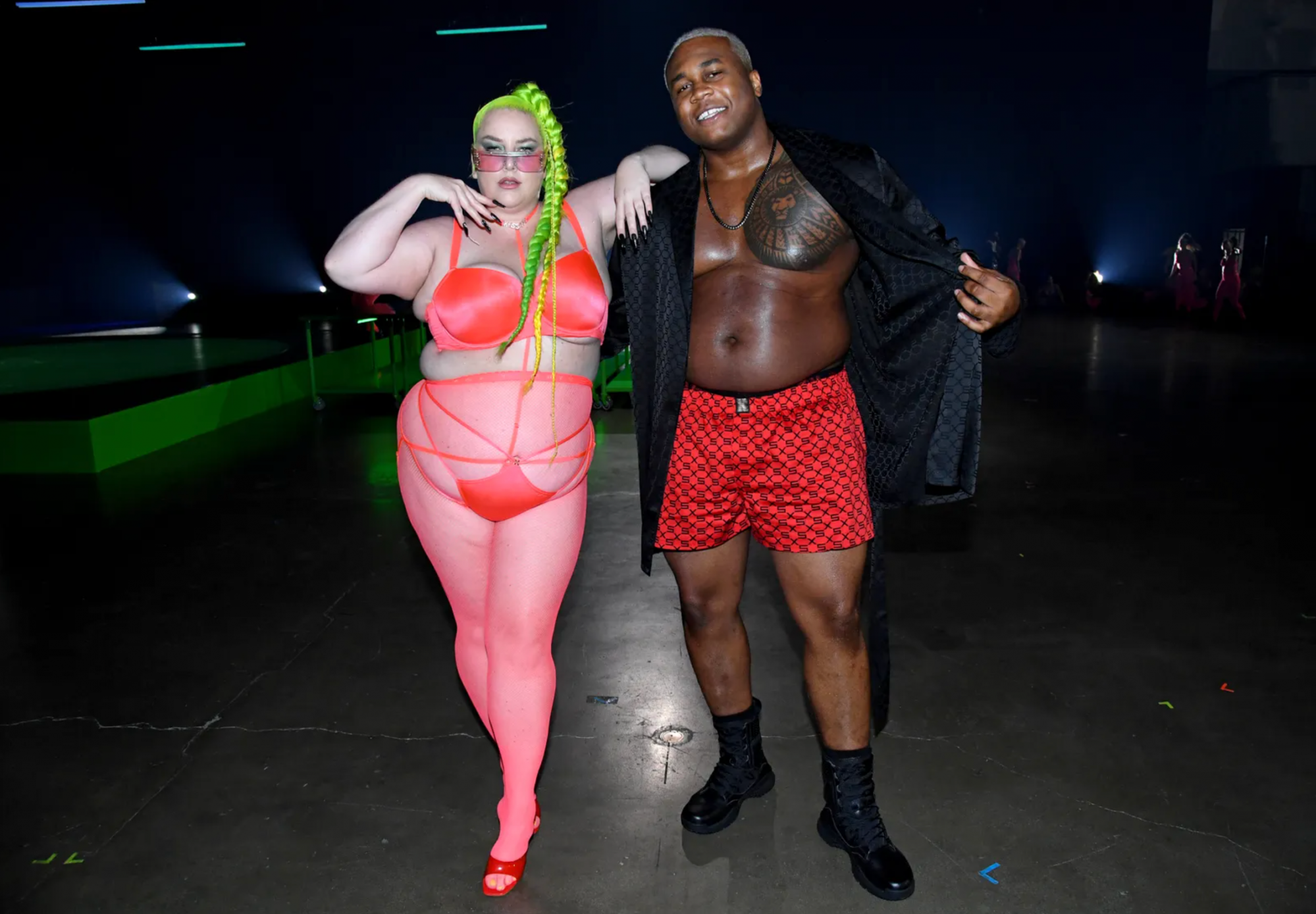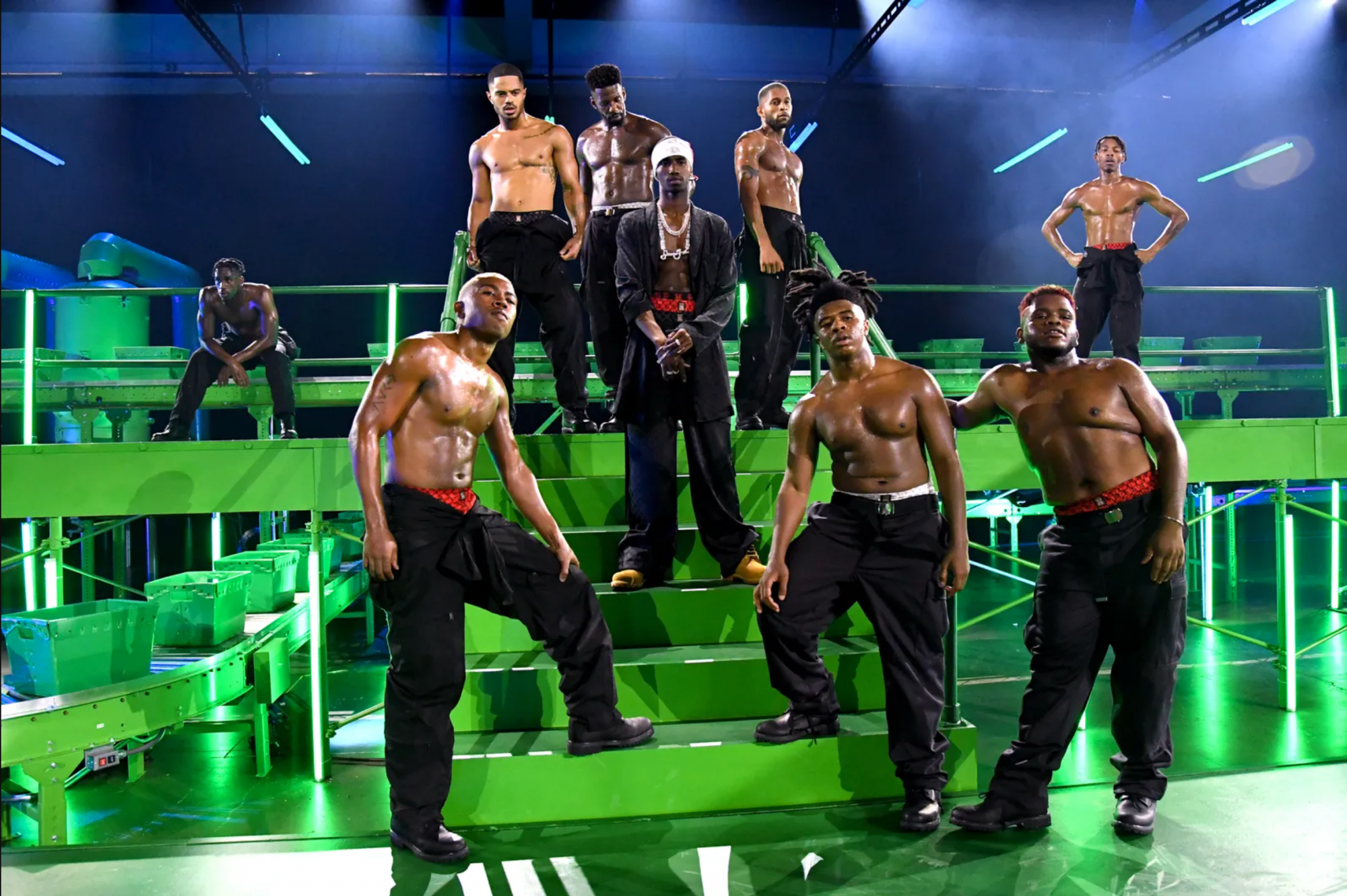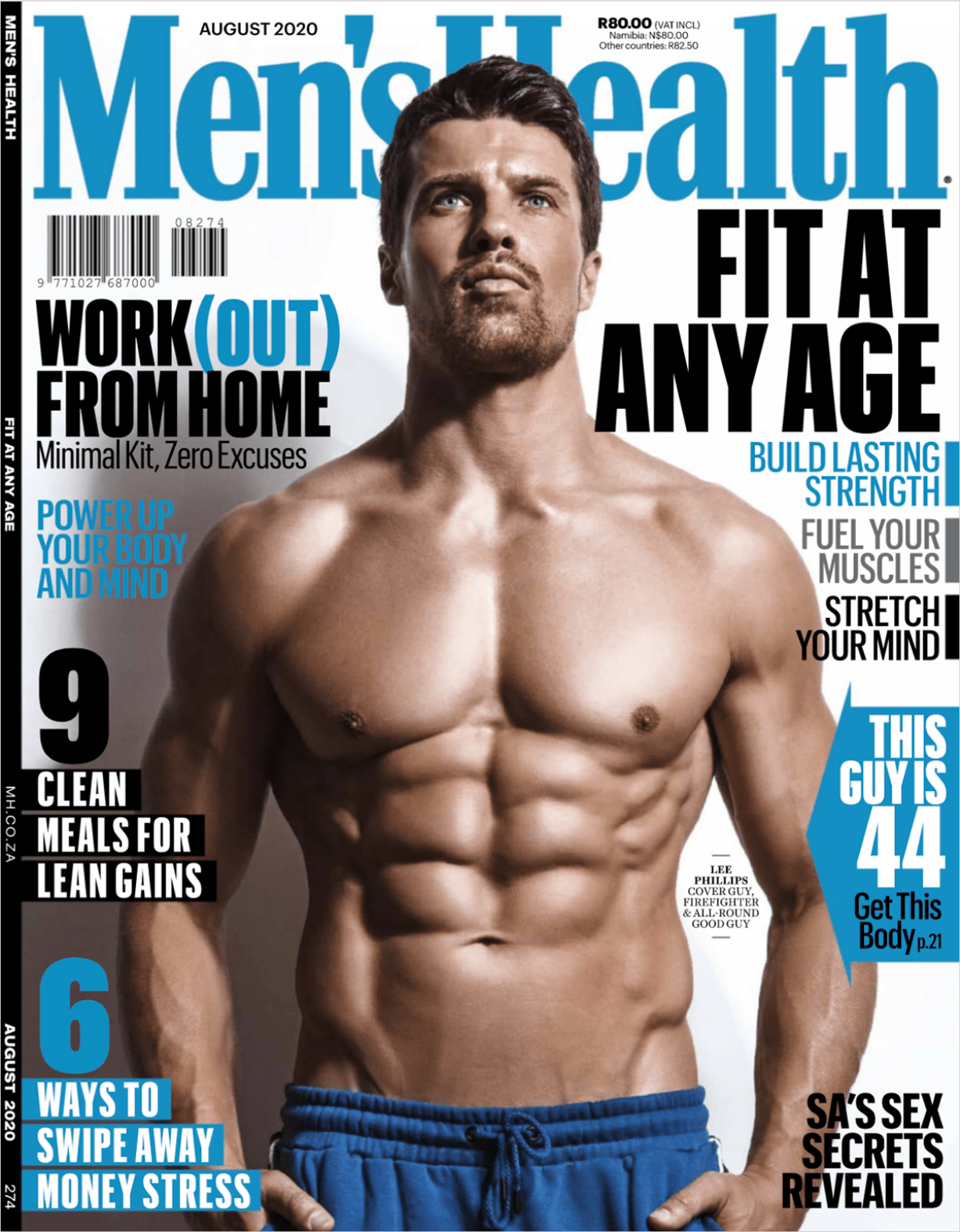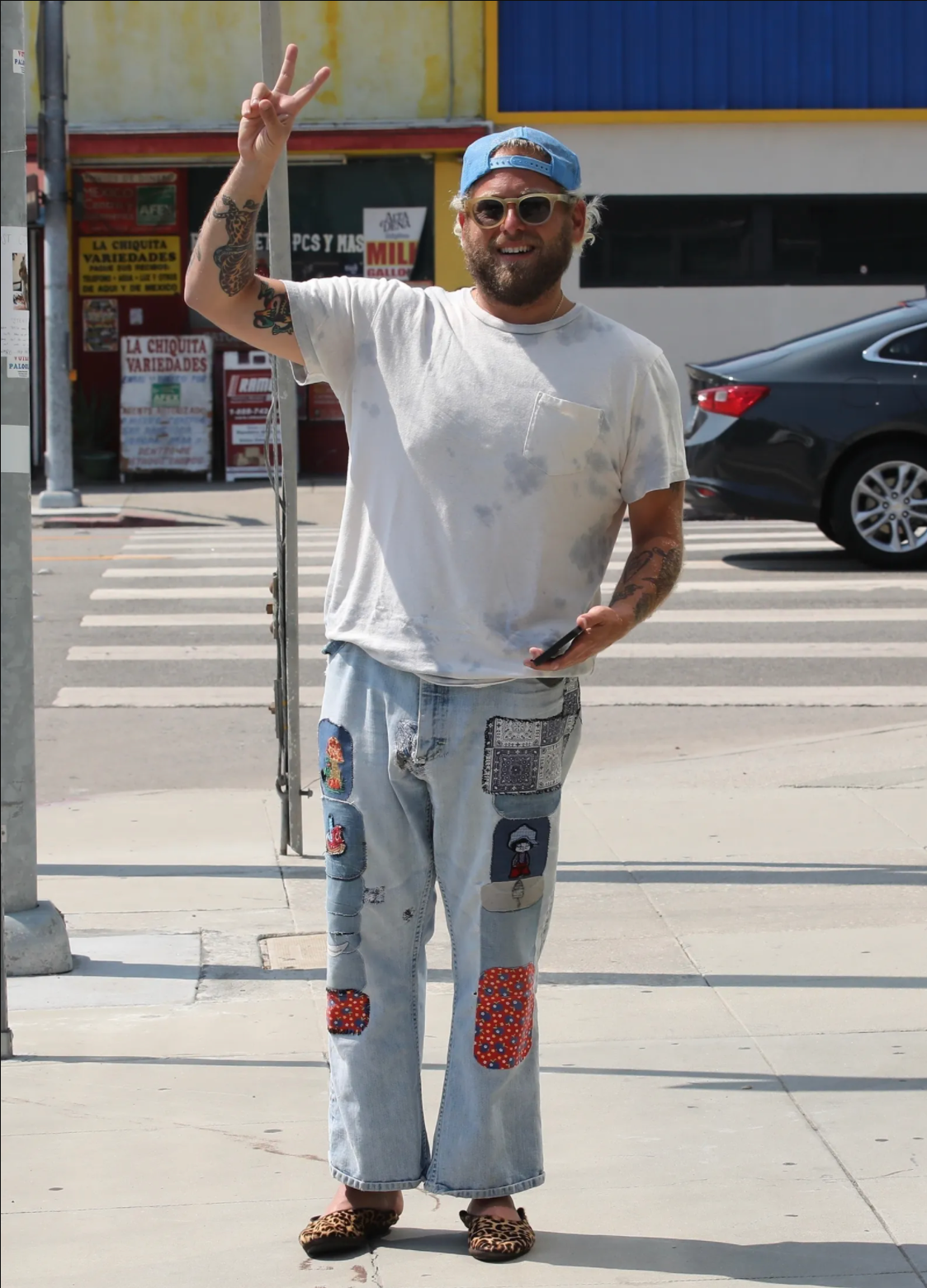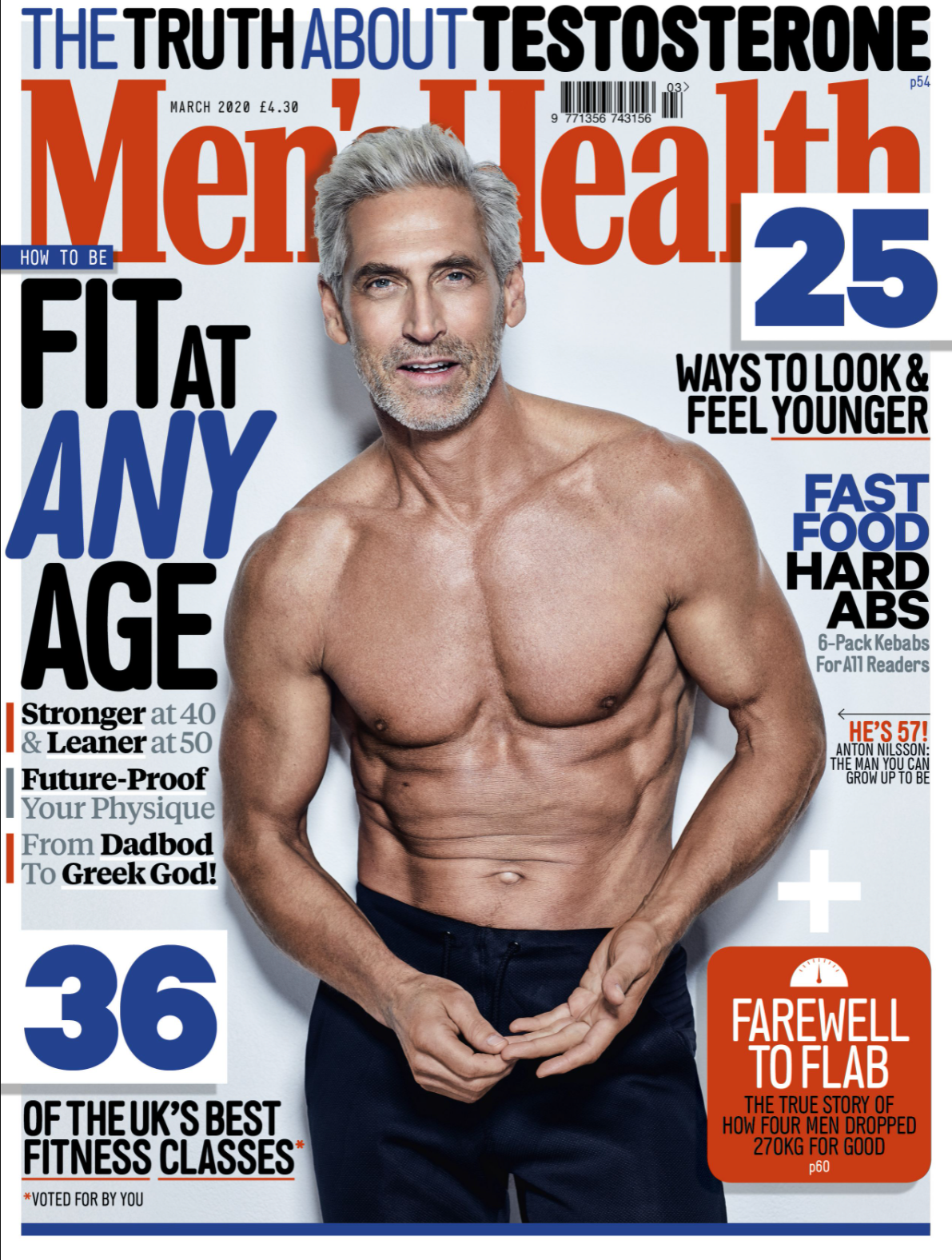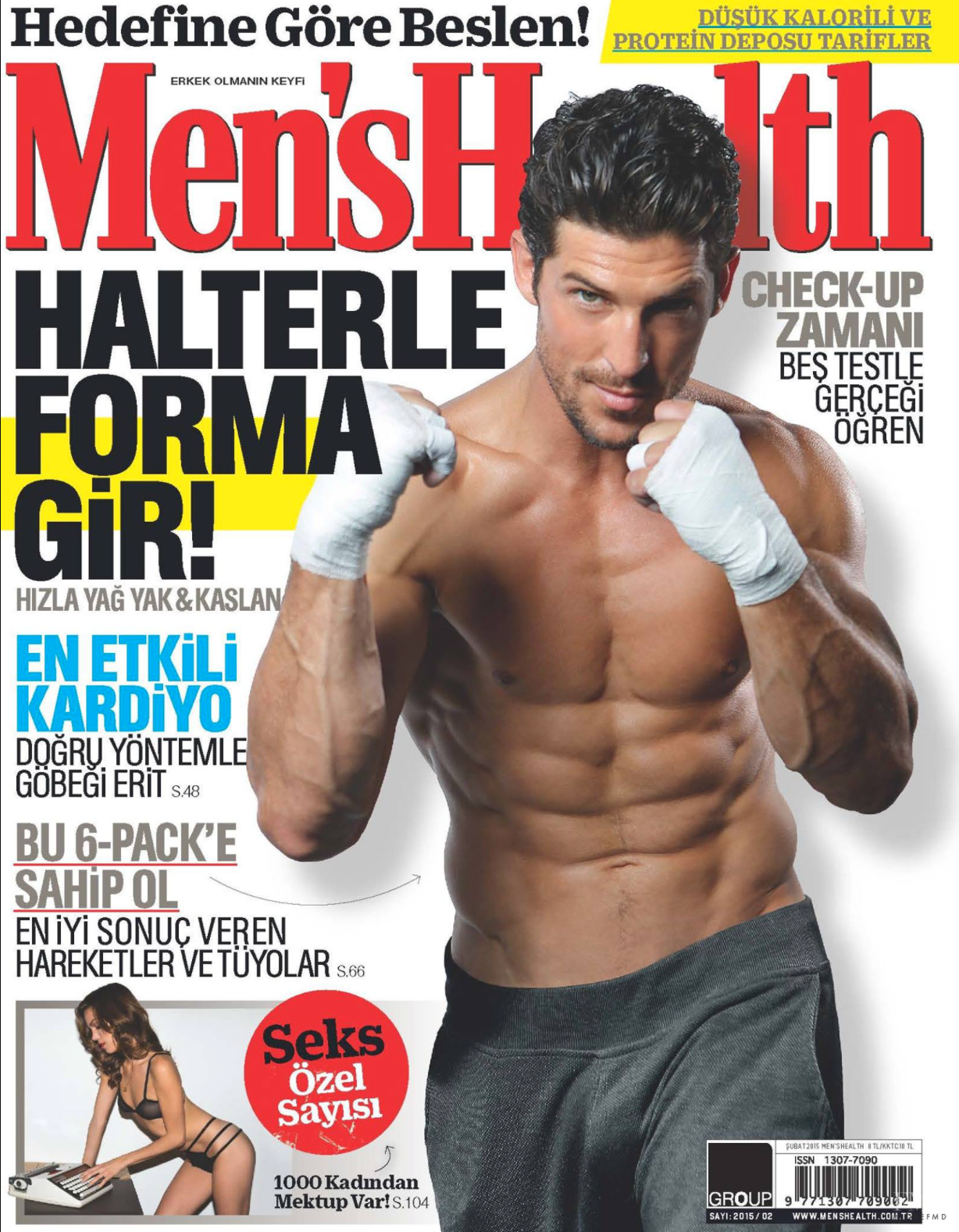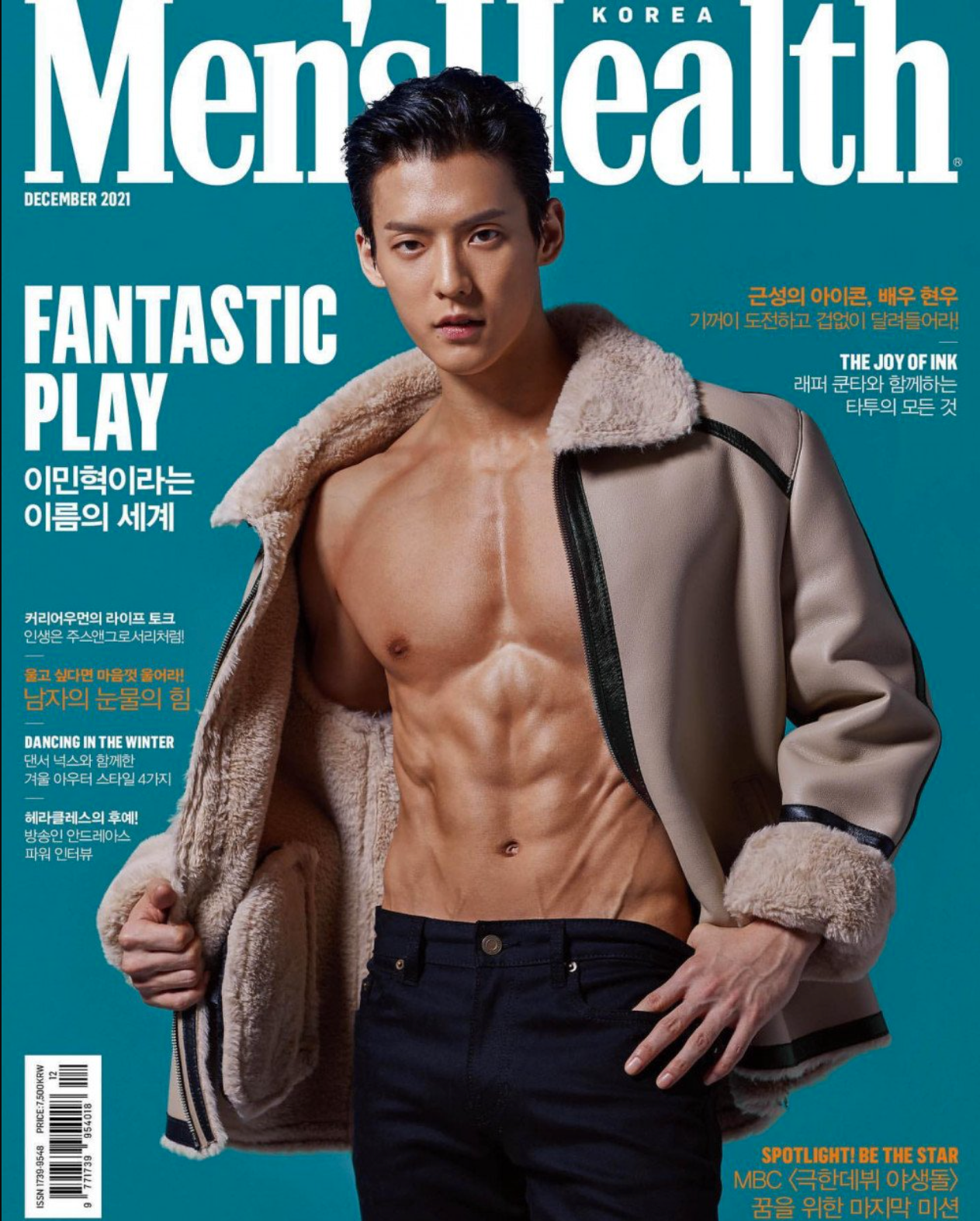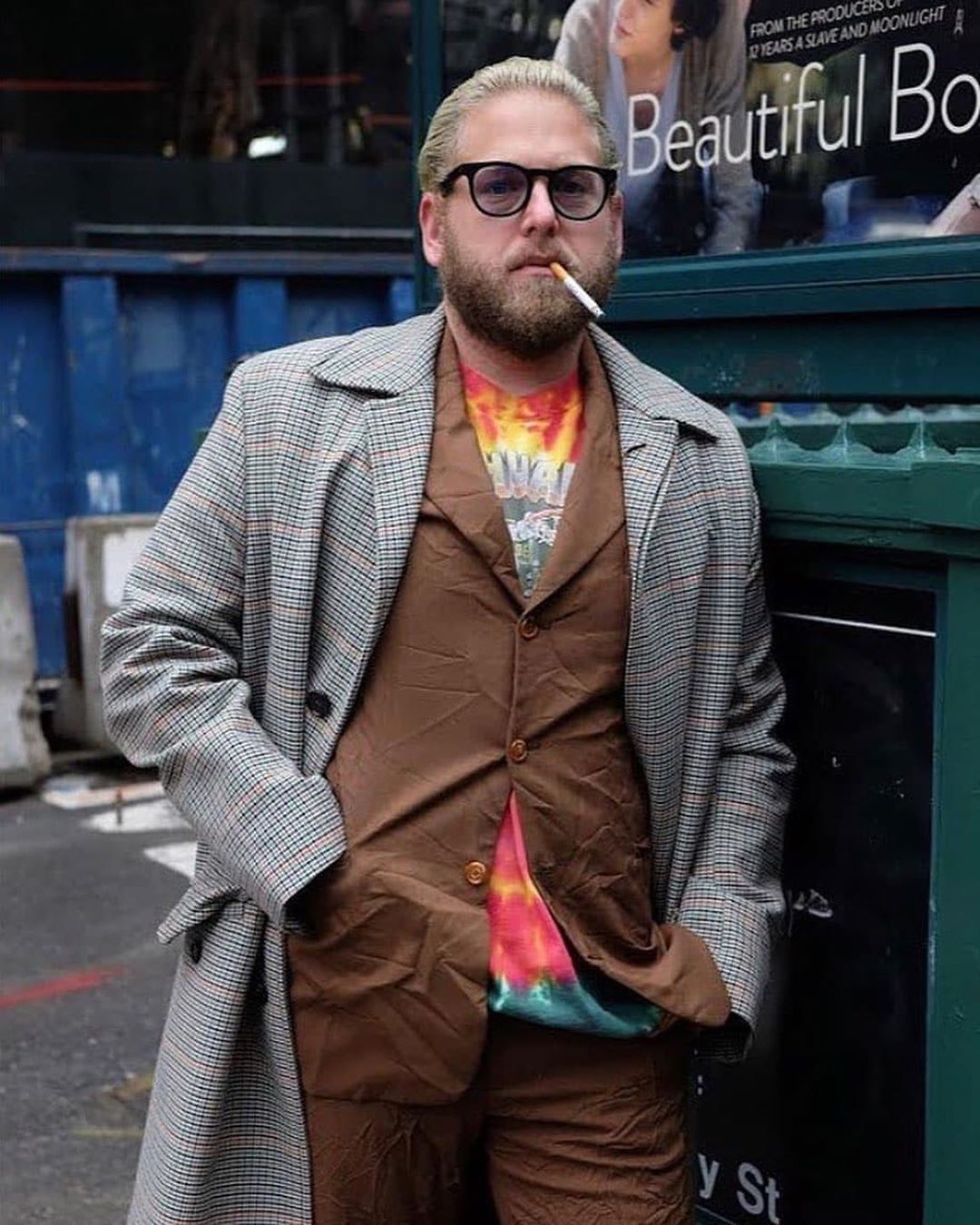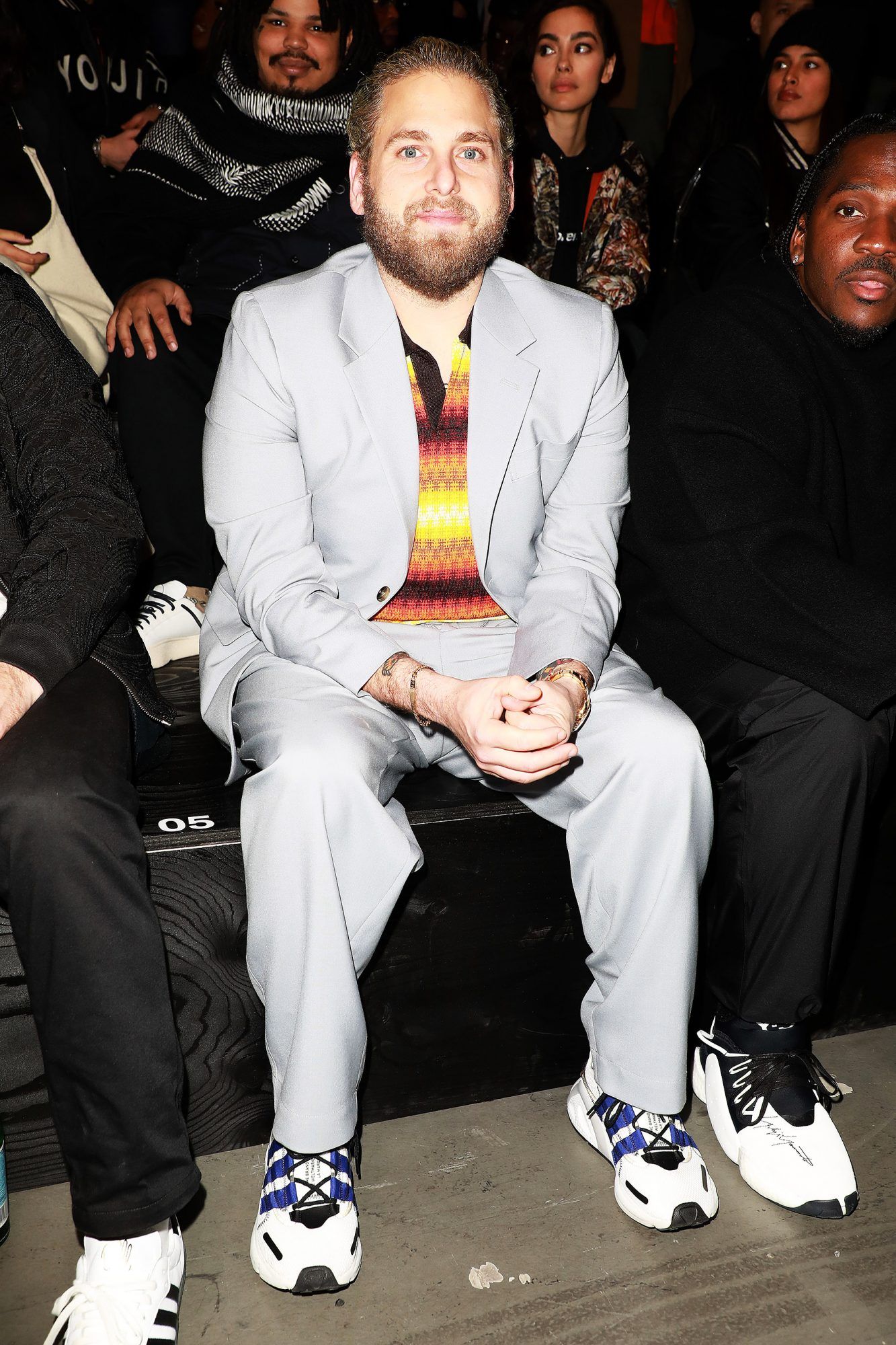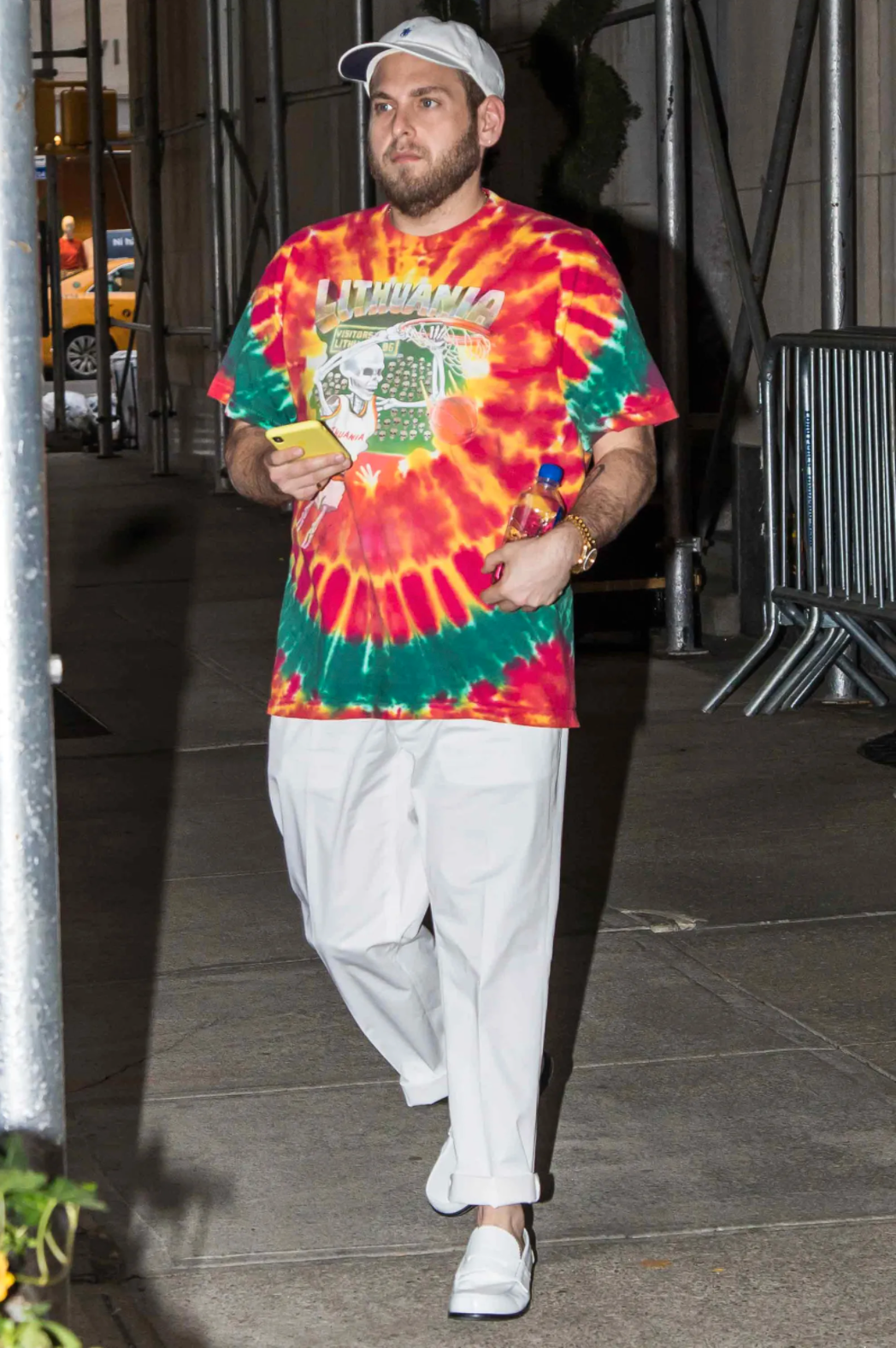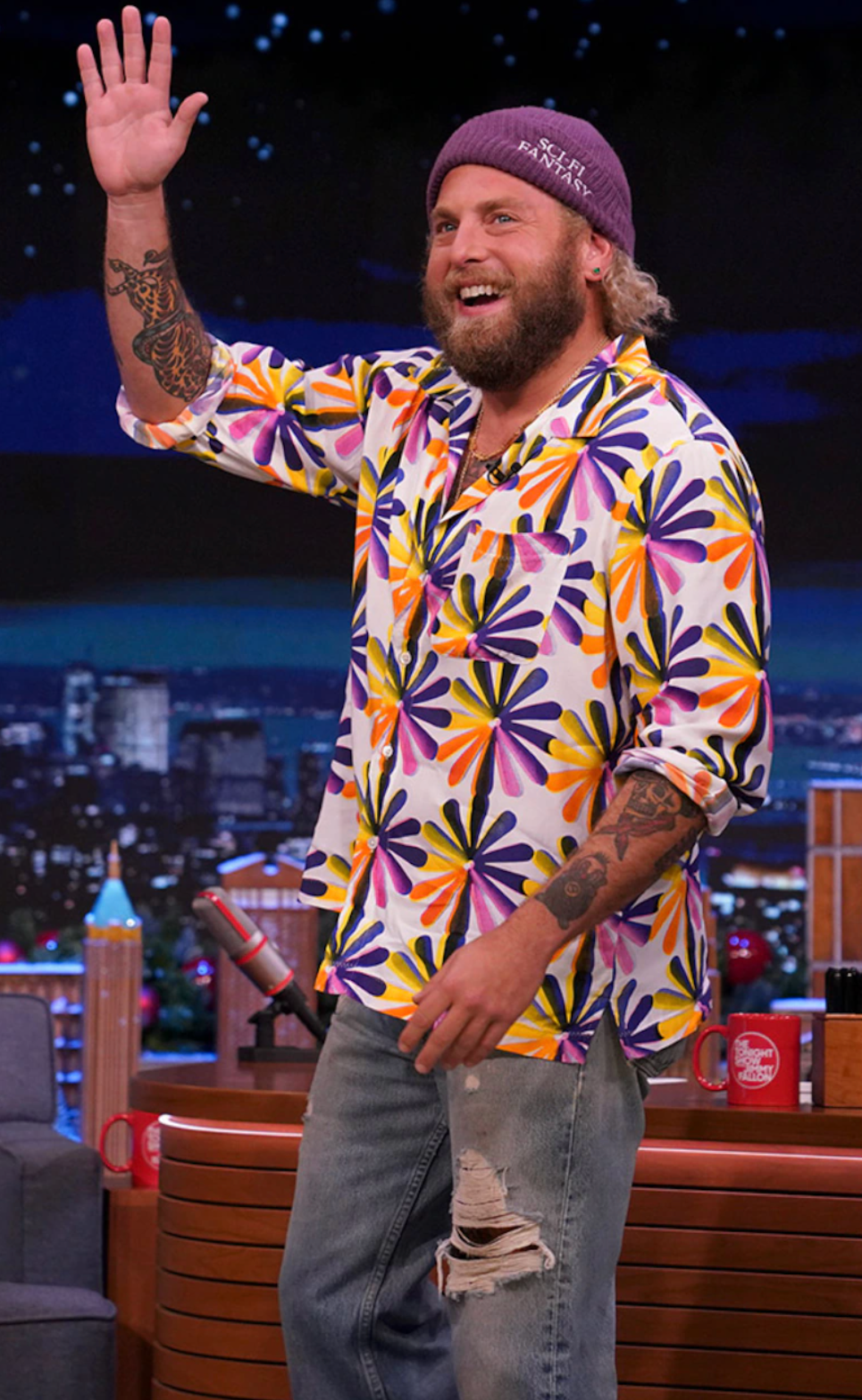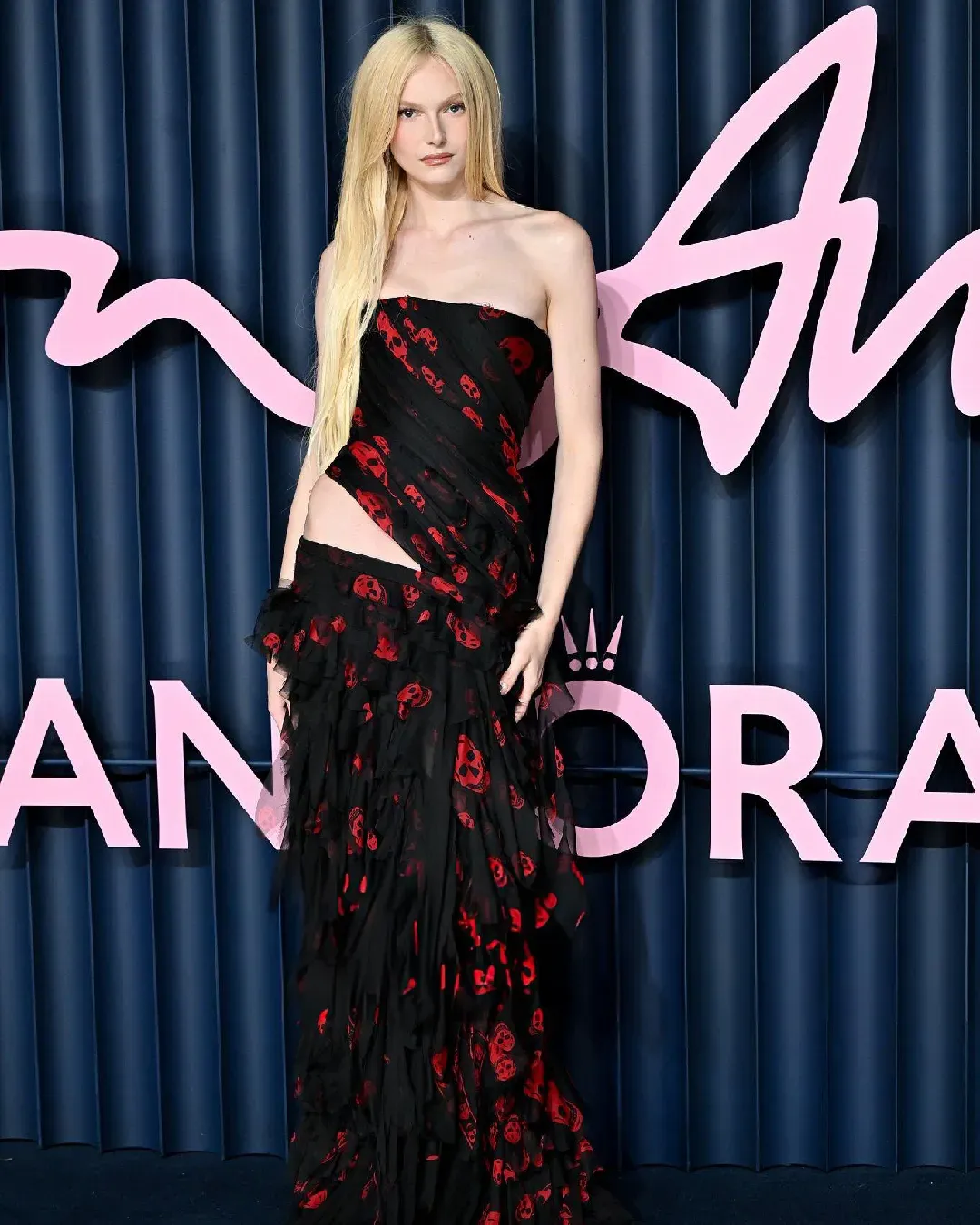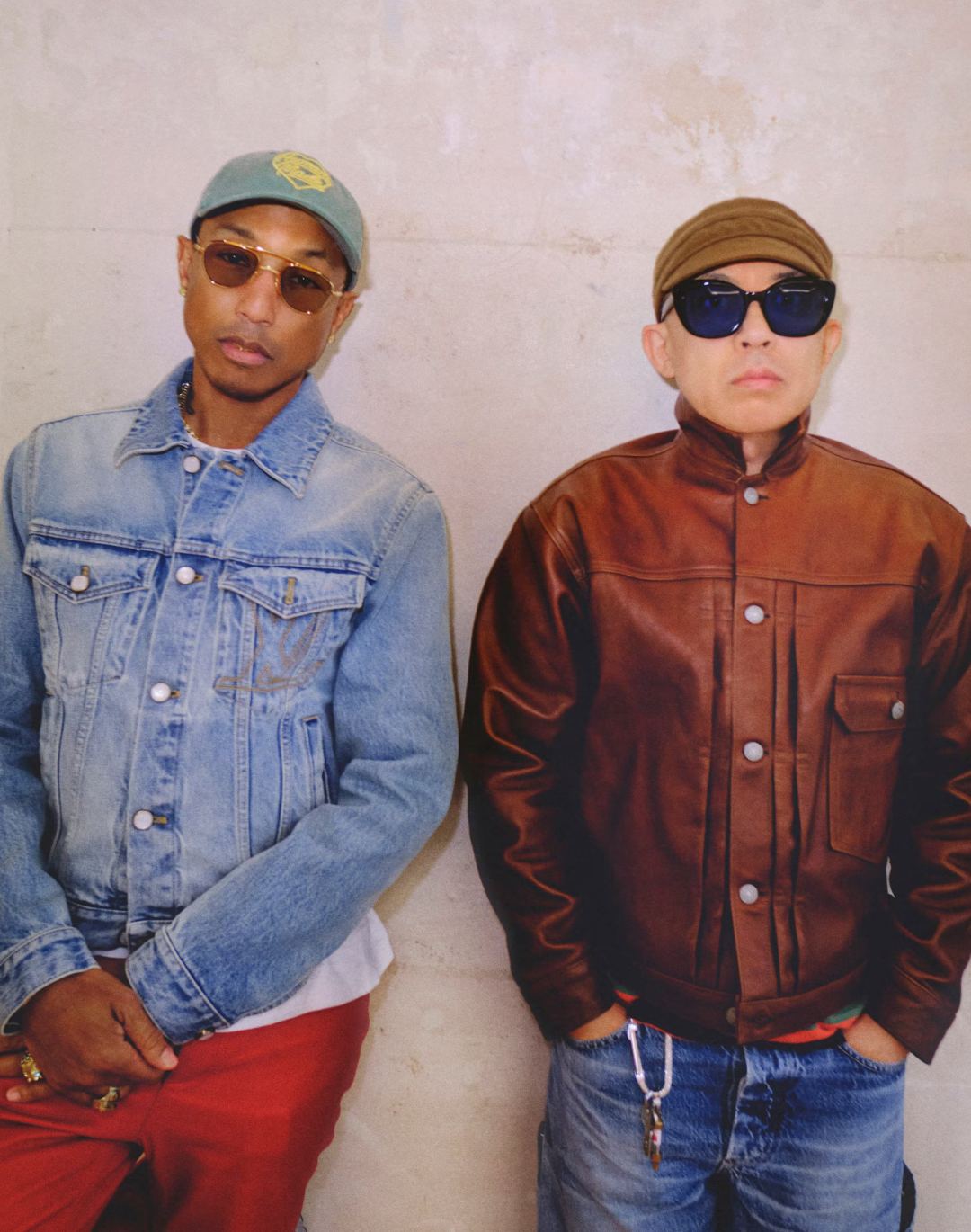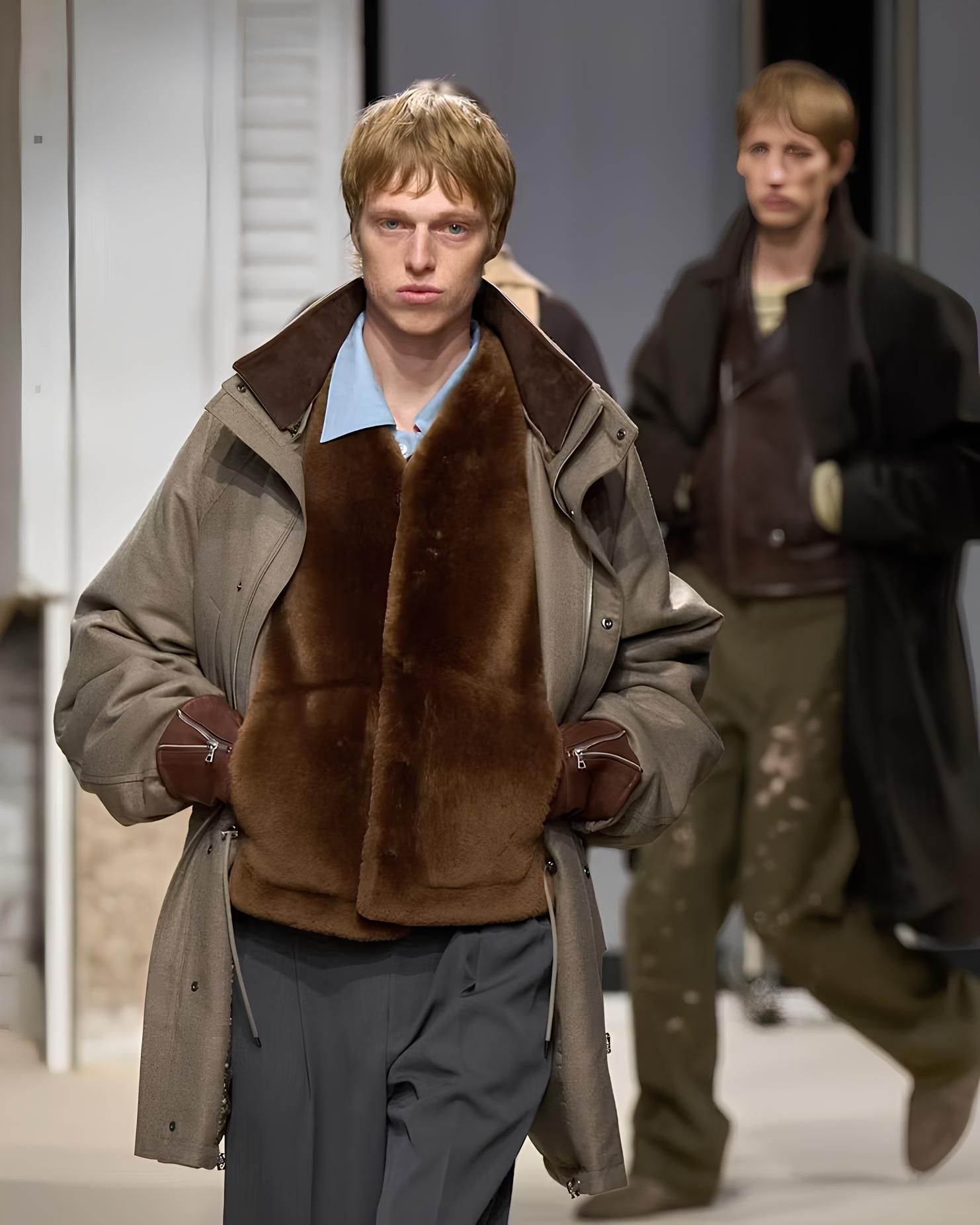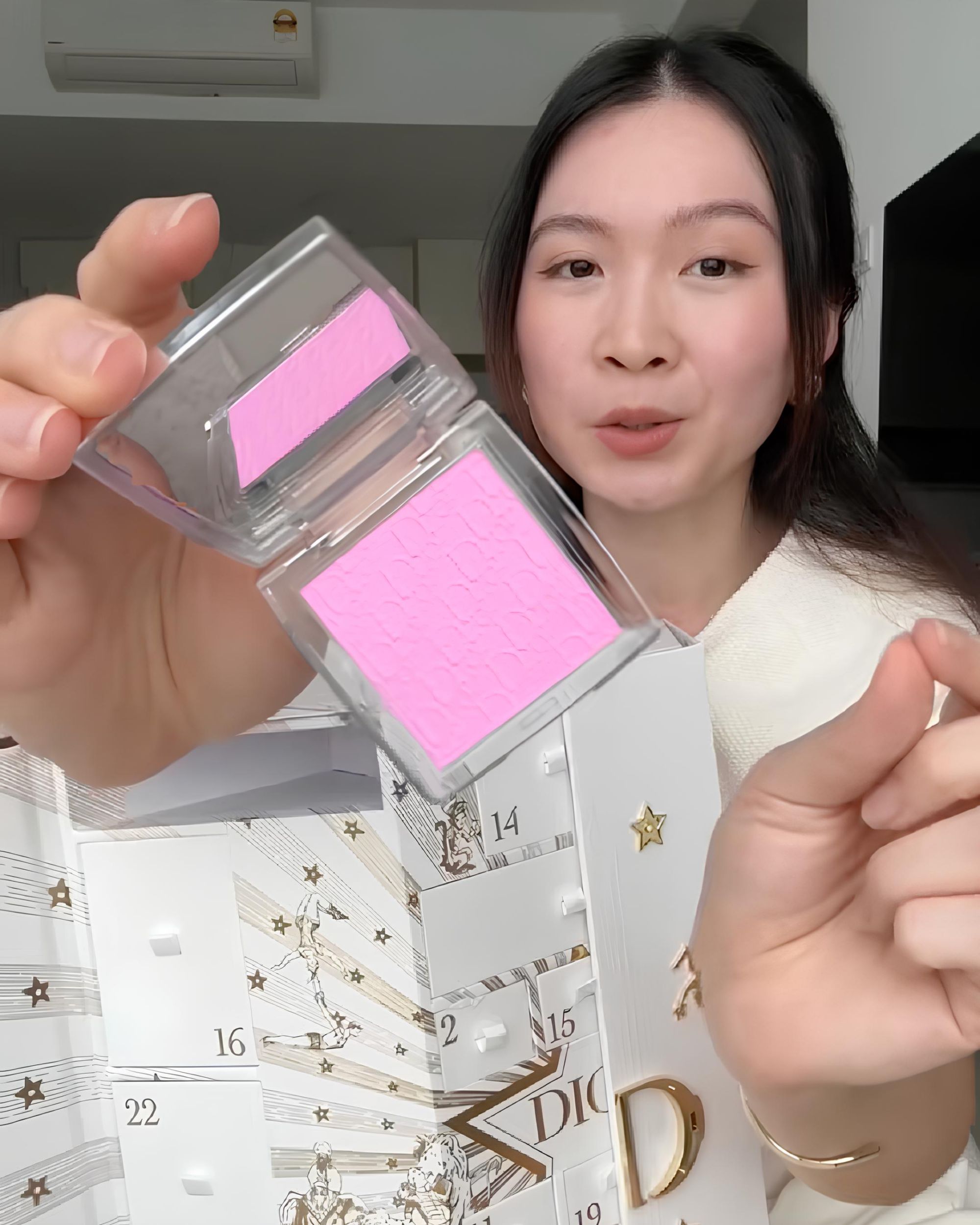
Will menswear ever deal with body positivity? A realistic and heterogeneous representation of bodies still seems an illusion (and a taboo) in men's fashion
At the end of every Fashion Week, it's usually time to take stock of things, the trends, the collaborations, the ideas, the models. We count how many plus-size and mid-size models and everything in between there were, how many were over 35 years old, how many were taller or shorter than average, in scrutiny of bodies that leaves no way out, and that concerns only women's bodies. Yes, because if the same operation were to be carried out for the menswear shows, the calculations would be pretty quick. These are the contradictions of an industry that is well accustomed to judging, and that after the diffusion of the body positivity movement - which has yet to win many victories - has learned to use non-conforming bodies to launch specific messages, or for targeted marketing campaigns. Why doesn't the same thing happen in men's fashion?
Perhaps because according to many, the problem doesn't even exist. After Valentino Haute Couture show last January, which was celebrated for its broad representation of the female body, Pierpaolo Piccioli wrote this way on Instagram: "Truth is that men had never had to accept any specific body stereotype to be accepted, the only fashion obsession reserved to men was around youth and aging." That's partially true, men were not subjected to the same pressure, expectations, and stereotypes as women, but they too were indoctrinated with often unattainable aesthetic standards, part of a one-sided narrative that left no room for other voices. Magazines such as Men's Health, Maxim, or People itself, which still elects every year the sexiest man alive, have contributed to the shaping of an ideal of muscular, ultra-toned masculinity, where the body was the center of the universe, and for this reason had to be trained, cared for, able to seduce. It's safe to say that all of this must have left a mark.
The media attention around Jonah Hill, and his body, is proof of that. "Even now, I'll overhear someone discussing my place in the fashion world or whatever, and people are like, 'That guy? The schlubby guy from Superbad?'", he told GQ. Hill's career has often come down to his physicality, the transformations of his body, a subject he has gradually grown tired of talking about - as Paloma Elsesser - and even when recounting his style choices there is always a certain degree of disbelief as if it were absurd that a person with that body would also know how to dress well. As Isabelle Hore-Thorburn wrote on Highsnobiety, "the industry is still hostile to men who don’t fit within a thin, idealized body image."
So is it really utopian to think that the principles of body positivity can also infiltrate the menswear universe? Actually, there have been some positive signs. IMG Models had opened a plus-size model division, Brawn, back in 2016, putting Zach Miko under contract. However, the real breakthrough came with Savage x Fenty, Rihanna's lingerie line, a beacon in the night when it comes to diversity and representation. With the menswear line and last year's campaign, the male body has finally reached the heterogeneous and varied representation it had been waiting for: no longer (only) sculpted abs, but real, simply normal physiques. The e-commerce of giants such as ASOS, H&M, and Nike have been populated with men of all types, while the change seems to be progressing much more slowly on the Fashion Week catwalks. During the last Milan Fashion Week, Sunnei showed a non-sample size model, and the virtuous examples end there.
But why is it so difficult? Do men really not care to see themselves in models with their own physicality? Isn't it important to identify, to feel represented, isn't it better to buy clothes that were designed for a body like yours? Or are these instances considered awkward, unacceptable, vain desires that are the prerogative only of the female audience?
Besides the price point and, in general, the aesthetics it represents, it's no coincidence that entire generations have become passionate about and have dressed mainly in streetwear. On the one hand, the fashion world proposed models of fit, sculpted bodies, the quintessential manifesto of declared masculinity, like the men of Tom Ford, Dolce & Gabbana, DSquared2; on the other hand, it proposed thin, wiry, almost asexual physiques, equally unattainable, like the controversial silhouettes of Hedi Slimane. Streetwear was and is wide, oversized, casual, for everyone, it hides when it has to, shows when it wants to, giving an undeniable comfort to the wearer. Streetwear brought body positivity into practice before it brought it into representation. It's not surprising then that for its latest campaign Aimé Leon Dore has chosen as faces friends & family of the brand, but without distinction of sizes and bodies, and this choice, in the long run, will make a difference.
The issue of body positivity in menswear will probably only really take hold when the male audience will actually give voice to the desire for representation of every size and body, but it will be a long and tortuous process. But, at the end of the day, it might be worth it.










































